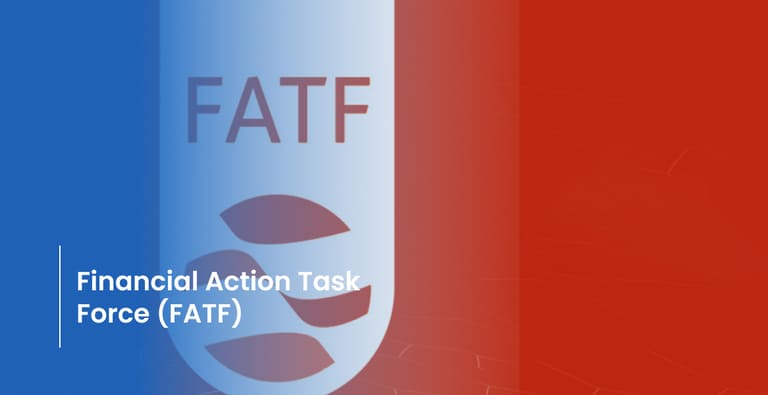TL;DR
- The use of stablecoins in financial crimes continues to grow steadily, according to a recent report from the Financial Action Task Force (FATF).
- The FATF identified Tether on the Tron network as the most widely used cryptocurrency by criminal networks, scammers, and state-backed hackers in 2024.
- The agency warns that unhosted wallets complicate traceability and that risks could increase if their use becomes more widespread.
The use of stablecoins in illicit activities is rising steadily, according to a report published by the Financial Action Task Force (FATF).
This intergovernmental body, which since 2019 has issued recommendations for regulating digital assets globally, found that most illegal activity on blockchain networks now involves stablecoins, displacing other digital assets in both volume and frequency.
The report warns that criminal organizations, drug trafficking networks, terrorist financiers, and even hackers backed by governments such as North Korea have increased their activity involving stablecoins since the task force’s last report in 2024. It highlights that the ability to operate stablecoins through unhosted wallets — that is, wallets not managed by regulated financial intermediaries — complicates traceability and raises the risk of these assets being used for criminal purposes.
The FATF’s report comes as the U.S. moves to promote the regulated expansion of stablecoins within its traditional financial system. The Senate recently passed the Genius Act, aiming to subject these assets to a stricter and more standardized legal framework.

The FATF Prepares New Recommendations for Stablecoins
This regulatory momentum has pushed several companies to accelerate their stablecoin-related initiatives. Circle, the issuer of USDC, went public in early June and saw its stock price multiply sixfold. World Liberty Financial, a company linked to Donald Trump’s family, also joined the trend by announcing its own stablecoin project.
The FATF report identifies Tether (USDT) on the Tron network as the stablecoin most commonly used by illicit actors. It also notes a sharp increase in fraud, scams, and market manipulation schemes involving other digital assets. An industry figure cited in the document estimated that on-chain illicit activity tied to fraud and scams reached approximately $51 billion during 2024.
The agency emphasizes that, despite some regulatory progress, major gaps remain that allow criminal groups to exploit decentralized applications for illegal operations, as these platforms, without intermediaries or effective oversight, remain largely unchecked. The FATF announced it is working on new recommendations for stablecoins, which it plans to release in early 2026.
It’s important to stress that all these conclusions reflect only the findings and criteria of the Financial Action Task Force.

